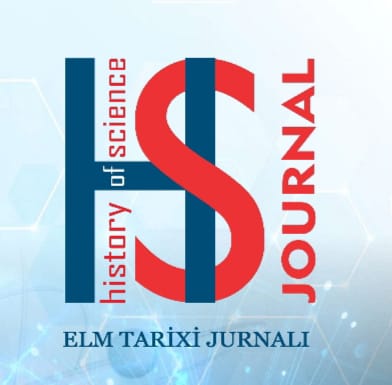The development of any language occurs due to the expansion of its morphological, syntactic, stylistic possibilities and an increase in vocabulary, and this process manifests itself at all levels of the language. The enrichment of the vocabulary at the expense of the internal resources of the language occurs through the use of the language of the people, dialects in the literary language, the addition of word-forming suffixes, word combinations, words created by tracing paper and new words (neologisms). The process of enriching the vocabulary of the language at the expense of neologisms, their entry into the object language and the process of assimilation depends on extralinguistic and intralinguistic factors. Creations of neologisms are observed in all world languages. However, the concept of neologism in Hebrew has different and characteristic features. Thus, in some cases, concepts that are common in most spoken languages may differ from Hebrew. In fact, the presence of neologisms for the Hebrew language is perhaps more characteristic than for other languages, because most of this language is in some sense composed of such neologisms. Thus, after two thousand years, this language was returned to the status of an everyday spoken language at the beginning of the 20th century. However, it is clear that the language that was the language of communication two thousand years ago could not fully satisfy the needs of today's spoken language with such a vocabulary. Many Hebrew neologisms were coined in the post-biblical period to express new concepts or to replace existing words as needed.

